Walkabout: The Business of Amusement, Part 4
Read Part 1, Part 2 and Part 3 of this story. The history of Steeplechase Park is a history of Brooklyn and New York City’s love affair with cutting loose and having fun. What began on Coney Island in the late 19th century as an upper-class enclave of luxury hotels soon became a middle class…

Read Part 1, Part 2 and Part 3 of this story.
The history of Steeplechase Park is a history of Brooklyn and New York City’s love affair with cutting loose and having fun. What began on Coney Island in the late 19th century as an upper-class enclave of luxury hotels soon became a middle class retreat with the beach, the boardwalk, dinner and dancing, and genteel amusements.
Those amusements soon became the rowdy, slightly bawdy, always gaudy, thrill seeking, nerve jarring, but inexpensive and hugely popular entertainment for the masses: the Golden Age of Coney Island. But as we all know in New York, nothing lasts forever, especially fun.
By the 1940s, with World War II in full swing, Coney Island as a whole was winding down. Steeplechase Park had burned down and risen again.
It had redefined amusement park with its Human Roulette Wheel, its compressed air jets in the floor and the whole fun house experience, and its famous rides: the Steeplechase race and later, the Parachute Drop. The period after the war would prove to be the biggest challenge of all.
World War II not only took patrons away from the park, it took employees. They volunteered or were drafted, but they were gone, leaving the park, all of the parks, understaffed.
Edward Tilyou, the son of the park’s founder, George Tilyou, was in poor health. He had run the park since he was an eighteen year old in 1914. One of his sons was in the Navy, and the other wasn’t interested, so when he died in 1944, control of the park went to his two younger brothers and a sister.
The war continued, and in 1945, the park manager, James Onorato, was forced to close the popular Pavilion of Fun, and only run the outdoor rides. Even with hiring older men and women to staff the park, there still was not enough staff. The Pavilion stayed closed until after the end of the war.
The sibling rivalry between the three Tilyou’s caused lots of problems, but the biggest problem was the passing of time. New rides needed to be purchased and upgrades made at a time when revenues were at their lowest point.
In 1946, the Tilyou’s rented the concession of the pool to a cousin, who established a membership-only season pass to the World’s Largest Pool.

This policy ensured that the pool would remain white only. It seems that black people, who had long enjoyed Coney Island, were becoming more frequent visitors to the beach and the amusement parks, especially after the war. No rules could keep them from the public beach, but membership applications could keep African-Americans out of the pool. Lucky for them, really.
In the summer of 1949, a polio epidemic swept through New York, and people began to be afraid to be around large groups of people.
To allay fears, more chlorine was added to the pool in July, but by August 60 people per week were contracting the disease, with Brooklyn leading the list, and the pool was empty. Several events were cancelled, never to return. By 1951, ticket prices had gone down yet again.
By ’52, several rides and buildings were torn down, including the Tilyou mansion. The first female lifeguard was hired, and Kate Smith opened her new TV show at Steeplechase.
In November of 1953, it just got worse, as the ocean rose up and covered the park in a foot of sea water. The sea had never gotten that high in all the years of Steeplechase’s history.
The motors of many rides were ruined, and had to be taken apart, cleaned, laid out to dry, and then put back together. They couldn’t afford to buy new motors, and the process took months.
More rides were gone forever, and parking lots replaced attractions. Thought was given to expanding the pool area, but the elite membership was getting louder and more demanding, so that plan was tabled for good.
In 1954, the family matriarch, Mary Tilyou, wife of George, died at the age of 84. Her contentious children completely inherited the estate. Mary had always been able to control them for the most part, but after her death, they went hog wild, taking money from Steeplechase to fund their personal lifestyles.
Had it not been for their long time general manager, James Onorato, the Tilyou children would have ended Steeplechase much sooner than it actually occurred. He was able to keep the place going, although it wasn’t easy.
Most of the park’s employees were senior citizens now, and with Steeplechase’s inability to buy new attractions and update the park, it was seen as Geezerland.
They needed to attract young employees, who would attract young patrons. Arthur Godfrey began filming his talent show at Steeplechase in 1955, using the attractions and the employees as unpaid background. It worked, and was a showcase for the park. Another reprieve had been given.
The 1950s marked a change in the entire Coney Island area, but not in a good way. As the old ride and concession owners retired, their rides and food stands were taken over by new people who didn’t care about anything but making money.
They didn’t maintain the rides, which had peeling paint and rust growing on them, while the food concessionaires were making horrible food, and charging double and triple prices over the weekends, when there were larger crowds.

Many of the businesses treated their customers not as patrons, but as marks, and as more people began to have cars, more people found better places to spend their money and their time.
Steeplechase Park, the last large amusement park on Coney, was well kept and maintained. The rest of Coney Island was going down the tubes fast. Amazingly the Tilyou’s demoted Onorato from general manager, and almost lost him to Disney, but loyalty, a love of his hometown of Brooklyn, and a raise kept him there until the bitter end.
All of this coincided with Parks Commissioner Robert Moses’ desire to see Coney Island’s amusement areas gone. The city did not do much in upkeep or enforcement, hoping for the area to look so bad that businesses would close, and the land would be available.
Hurricane Donna, in 1960, brought high tides and flooding, and for Steeplechase, more burned out motors and dead rides. After years of similar hijinks in the Pavilion of Fun, a group of four young men, in the summer of ’61 took great umbrage at being separated from the two girls in their group by the gentle ministrations of the cattle prod.
The girls were furious at being laughed at by other patrons when the air jets blew their skirts up into their faces. A fight broke out in which an employee ended up in the hospital with a concussion and in a coma. He would eventually recover, fortunately.
Coney Island was getting the reputation of being a dangerous place. The Brooklyn gang wars of the 1960’s were carrying over to the park, and attendance was down all over.
The Stillwell Avenue subway station was filthy and crime ridden. In 1963, the segregated pool closed, not because they would have to let colored people join, but because they could not afford a new filtration system demanded by the city.

Fear of minorities living in the projects coming over to terrorize people kept many away. Finally, in 1964, Marie Tilyou announced that she was selling Steeplechase Park, and it was over.
The last day was September 20, 1964. In closing ceremonies, attended by employees and owners, past and present, a bell was rung, and then the lights were shut off for the last time. Steeplechase Park was closed forever.
The park was sold to developer Fred Trump for $2.5 million. He immediately sold the Steeplechase ride to an amusement park in Florida, He was afraid the Pavilion of Fun might turn into a landmark, so he rushed to have it demolished in 1966, the year after the Landmarks Law was passed.
He originally planned to build low-income housing, but it never happened, and Trump sold the vacant land to the City of New York for $4 million. The city was going to build a park, but that never happened either. They left the Parachute Drop tower because it would have been too expensive to tear it down, and it operated alone, until 1968.
Today, MCU Park, formerly KeySpan Park, home of the Brooklyn Cyclones baseball team sits in the footprint of Steeplechase Park, also the site of the Brooklyn Wall of Remembrance, the tribute to 9-11 first responders.The now landmarked Parachute Drop still rises over the beach and the boardwalk, the only remainder of one of the most famous amusement parks in the world.
Most of this story is distilled from the pages of an excellent history of Coney Island by Jeffrey Stanton, on his blog westland.net. It is extremely well researched and great reading. Please check it out.




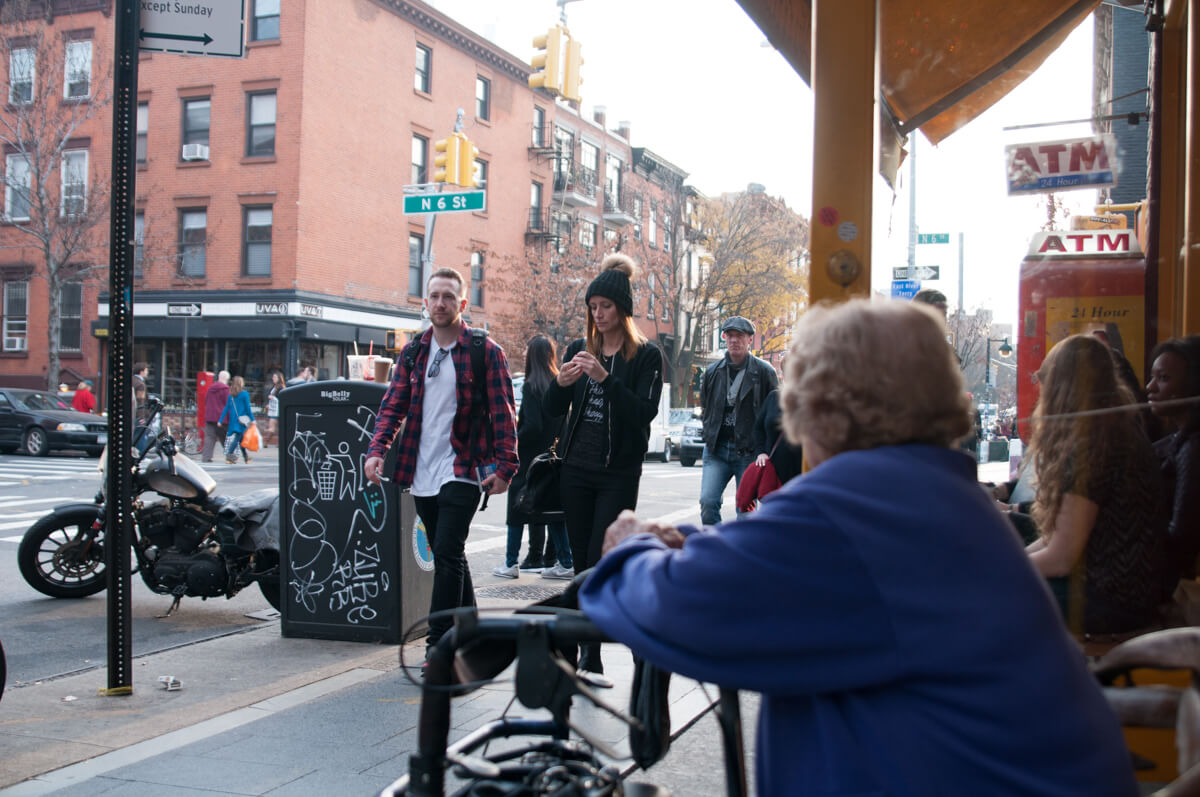
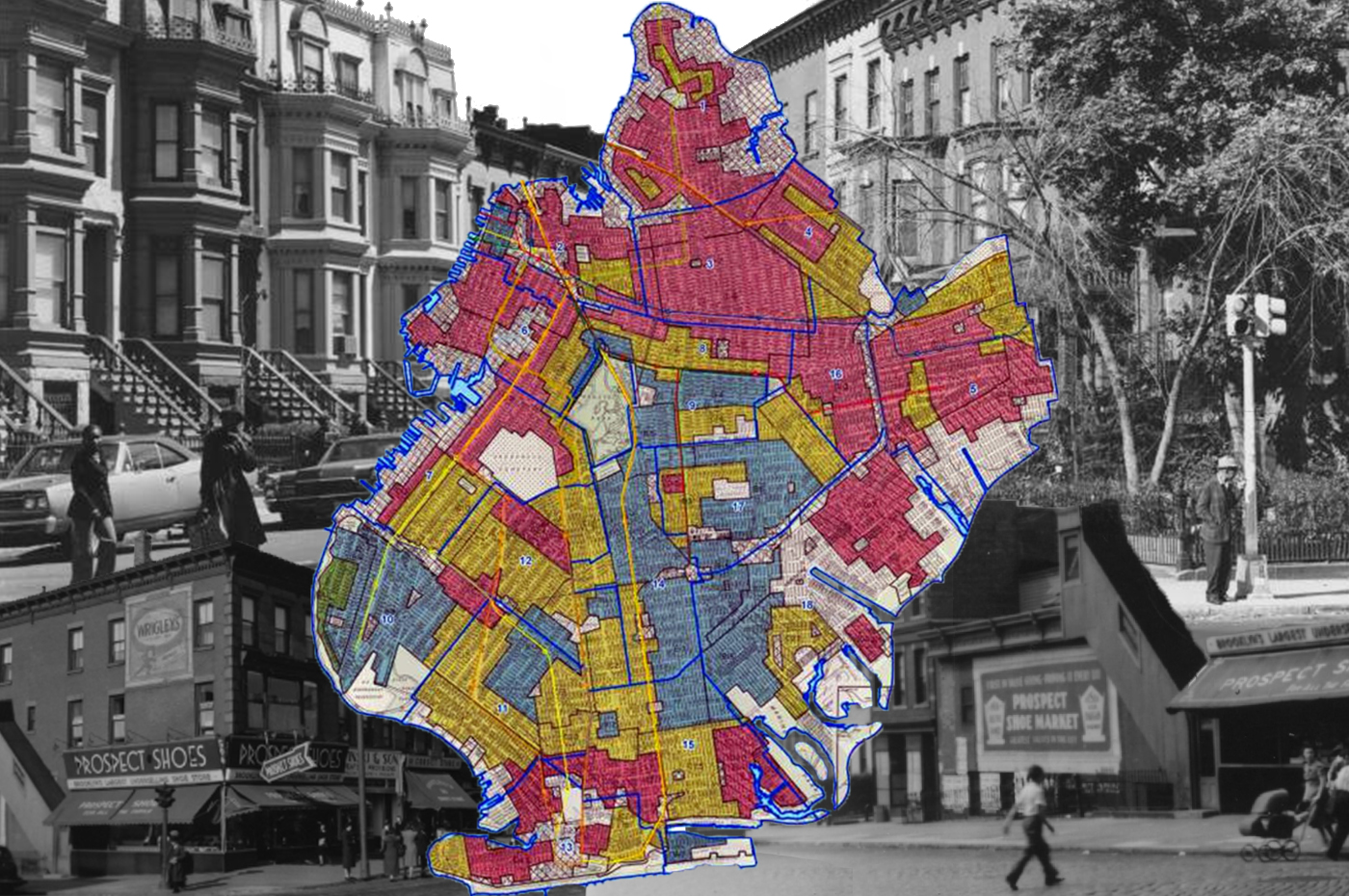
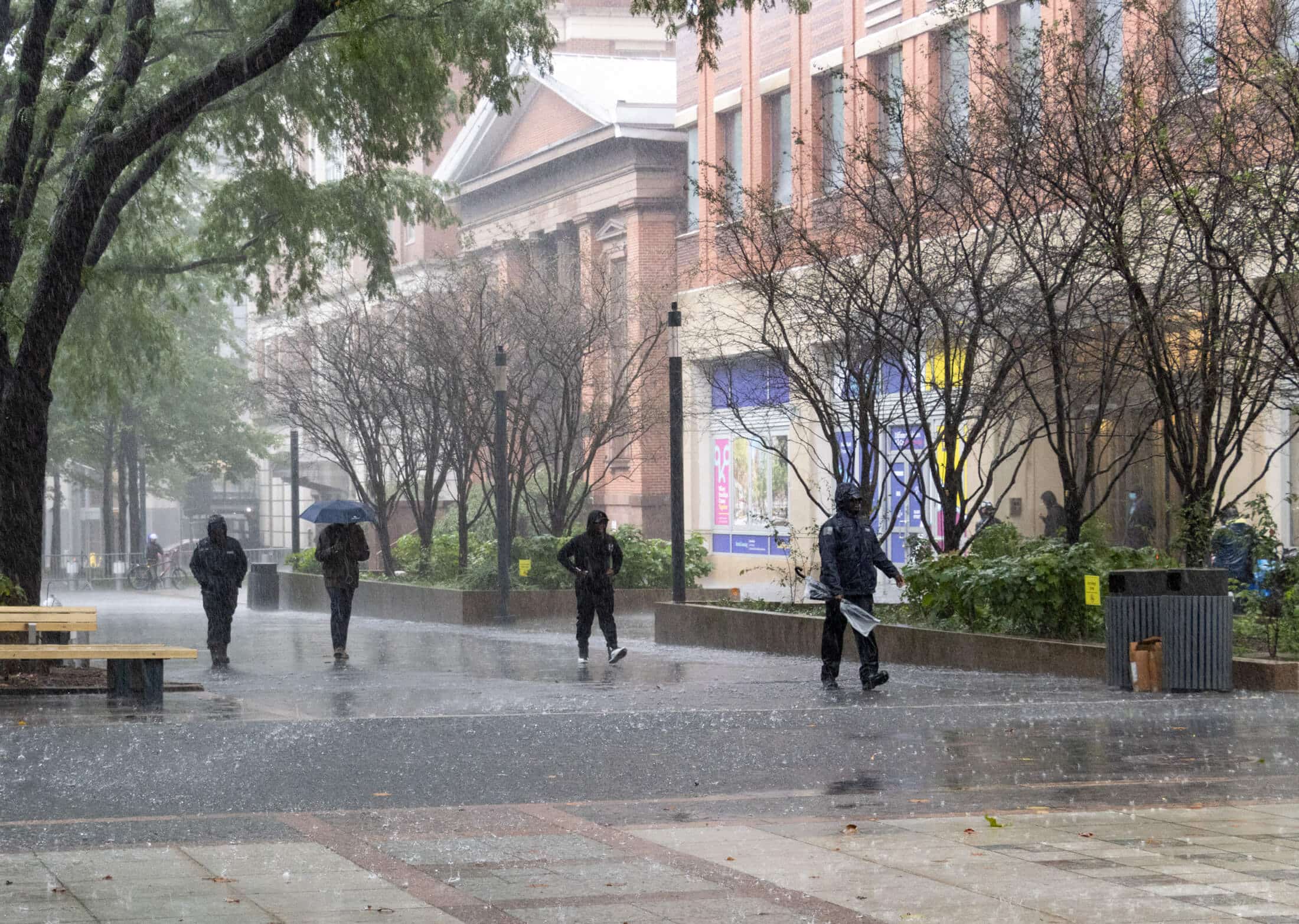

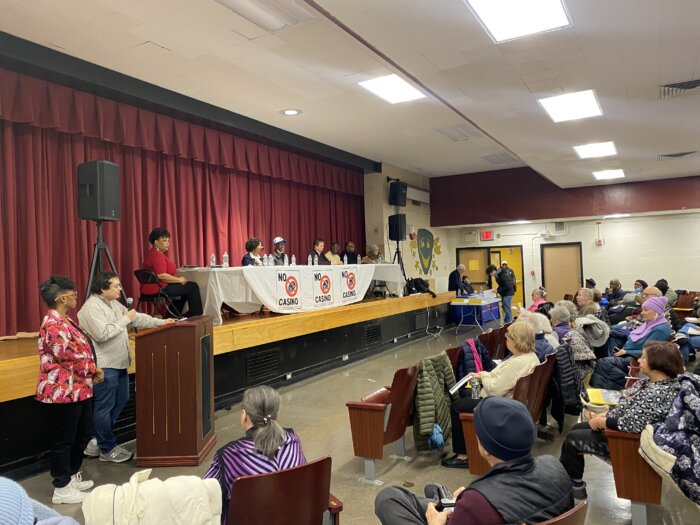
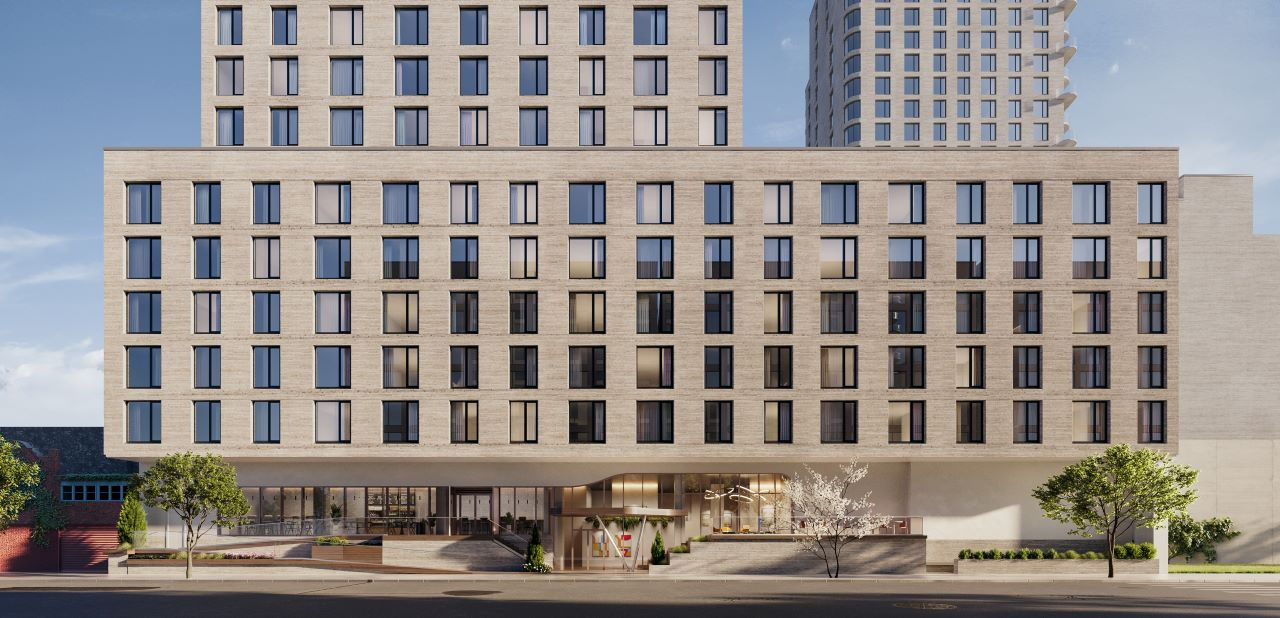
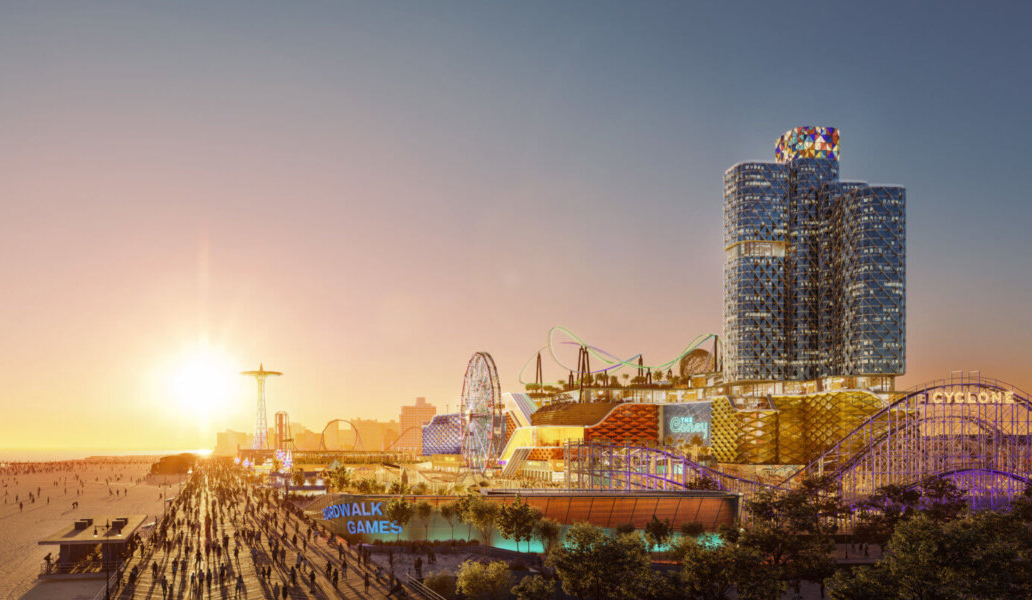
The beach was packed in the 1950’s. The BMT line ran a Beach Special originating at Franklin Av Station, which is now used only for a shuttle train. The special used the Brighton Beach line (Q train) tracks to go directly to Coney Island. The other options for relief from the city heat were going to an air conditioned movie theater, swimming at a large city operated pool,using the sprinklers in a park, opening a Johnny Pump (fire hydrant), sitting near a fan, or going to the beach. Opening a Johnny Pump meant having a large wrench to do it. The police would continually close it, as so many open hydrants would cause a dangerous drop in water pressure. The lure of Coney Island, besides the beach was, the cheap food and entertainment, and the inexpensive, convenient public transportation. There was enough to do at Coney Island to spend many long days throughout the summer at the beach.
i remember that too snowman2. there was barely 3 inches between blankets! what also was nice how everyone got along–no stink eye!
You guys who didn’t go to Coney in the ’50s-’60s where the rich ones whose parents had cars. I remember those wall to wall people days at the beach with my big extended family as a regular event. And we went to Steeplechase 1x/year until it closed.
Minard, you and I are contemporaries and as a kid (from Staten Island) we went to Seaside heights in NJ but with school, ALWAYS to Rye beach and Pallisades. Never went to Coney Island as a kid. Coney Island was sort of stuck in my mind as a place of the past where my parents and several million of their contemporaries had their own Woodstock on the beach.
BTW, I went on the Cyclone two summers ago and had a vertebral readjustment I’ll never forget. Not only do you have the up down action on the roller coaster, you have the side to side shaking of the wooden structure. Every joint and organ in your body is rattled. It is NUTS. (fun though)
I vaguely remember going to Steeplechase Park as a 13 year old in the late 1950’s. I probably went there during a summer mid-week. My long ago time filtered impression was that it was a big place with not too many patrons. By walking through the Penny Arcade, I tried to avoid the shock, awe, and embarrassment of the cattle prod, The Steeplechase Horse Ride, as I recall, ended quickly and was unexciting. I appreciate the background information that MM provided. It adds to the context of my memories of growing up in Brooklyn. Thank you.
Another great story MM. Thank you!!!
One thing I remember was that, near the entrance to the Pavillion was a Steeplechase owned Penny Arcade. You could walk in and through the arcade to the Pavillion and thus avoid the cattle prod and compressed air attacks.
For people interested in what Coney Island was like in the early 50s (whether you were there or not) I can’t recommend too highly the fabulous film Little Fugitive. It was shot with non-professional actors using an early sort of steady-cam type invention. The hero, a 7-year-old boy, runs away to Coney Island and spends the weekend there. The climax, such as it is, involves the parachute jump. A great film (sort of American neo-realism) and a great document of Brooklyn at the time.
Thanks for this amazing piece of History. Really sheds some light on Coney’s decline. I find it fascinating that flooding played a role in its decline. I never though about that.